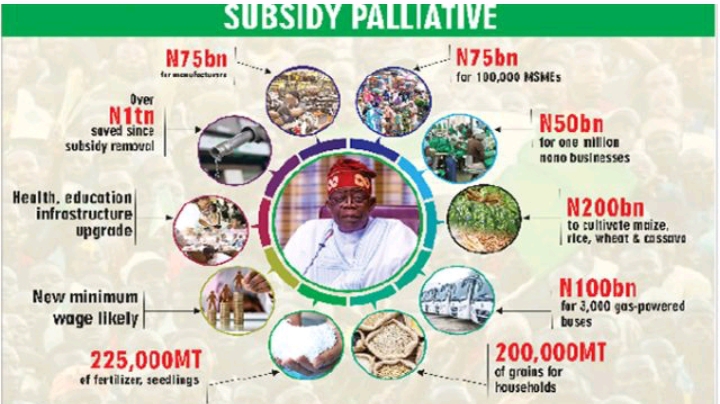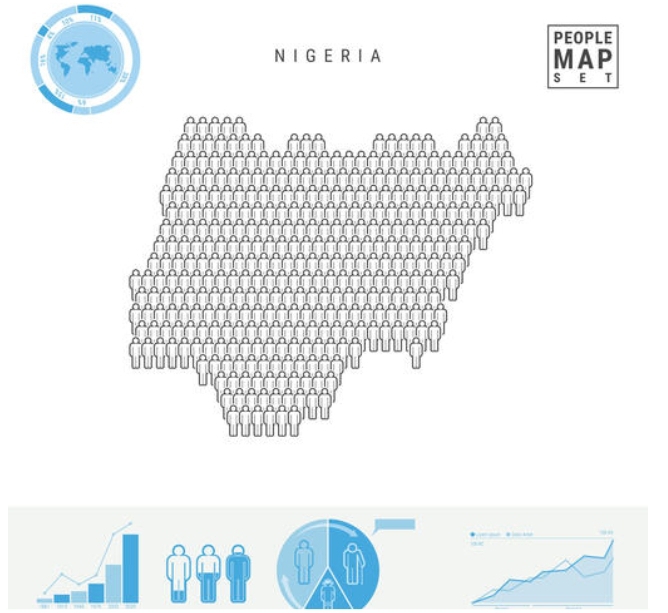Written By Idowu Ephraim Faleye- +2348132100608
My discourse on “USA and China Tariff War” sparked a wave of responses from thoughtful critics. Many readers debated whether China should be blamed for overwhelming U.S. markets with cheap goods or if America itself had allowed its industrial base to erode. But it was clear from those interactions that a deeper conversation was needed. This follow-up aims to revisit the subject and focus on how Trump’s tariff-centric approach is built on an outdated view of America’s economic reality. The United States is no longer defined by factories but by code, services, and ideas. Tariffs on goods alone miss the bigger picture, and that’s where the real problem lies.
To understand just how off-course these tariff policies are, we need a brief trip back in time. After World War II, the U.S. stood tall as the undisputed manufacturing leader. It built steel, cars, clothing—everything. American factories ran nonstop, jobs were plentiful, and “Made in the USA” meant quality and dominance. This era left a lasting image in the minds of many, including Trump, of what a strong economy looks like. But that picture is now more of a memory than a mirror. While the pride in those days remains, the world moved on, and so did America.
Read Also: When Giants Clash: USA and China Tariff War Could Collapse the Global Order
In today’s global economy, manufacturing has shifted, and China has taken the lead in global manufacturing output. But America didn’t lose that position by mistake. It moved production overseas in search of lower costs—a decision driven by profit, not sabotage. This is how capitalism works. Yet Trump’s reaction, more suited to the 1970s, was to slap tariffs—some up to 145%—on Chinese goods as though doing so would magically bring factories back. But global supply chains don’t respond to fear or nostalgia. They follow logic and economics.
What’s even more critical is what this response ignores: how much the American economy has changed. Manufacturing is no longer its core. Services now generate over three-quarters of U.S. GDP. Sectors like technology, healthcare, education, finance, and entertainment now fuel the economy. In 2023, real estate alone contributed $3.6 trillion, and food and accommodation services added nearly $900 billion. Technology stands in a league of its own. Companies like Apple, Google, and Microsoft aren’t just American giants—they’re global leaders in artificial intelligence, biotechnology, and cloud computing.
The most telling point? These modern industries don’t depend on physical exports. They run on ideas, software, and digital platforms. A software update released by an American firm can be used worldwide within minutes, creating massive value without producing a single physical item. So when Trump focuses on taxing Chinese goods, he’s targeting yesterday’s economy, not today’s. America’s biggest exports now are not products but services, data, and intellectual property.
Read Also: African Poverty is Not an Act of God
And this isn’t just a theoretical concern—it has real economic consequences. During Trump’s first term, over $380 billion in imported goods were hit with tariffs, making life more expensive for Americans. Studies showed households paid an extra $1,300 a year, hidden in everyday costs. Businesses couldn’t keep up. One educational toy company, for instance, saw its tariff costs jump from $2.3 million to over $100 million in a single year. That’s the kind of financial hit that forces hard decisions: lay-offs, downsizing, or shutting down.
Then there was the backlash. China retaliated with tariffs of its own, especially on agriculture. Canada struck back on U.S. steel, and Europe wasn’t far behind. This global tit-for-tat turned into a costly mess. U.S. automakers saw their prices climb by as much as $3,000 per vehicle. Farmers lost access to major export markets. Even basic goods—fuel, food, clothing—got more expensive as foreign producers adapted to America’s tougher trade stance.
Some might still argue that at least American industries got protection. But did they really? The truth is, those tariffs didn’t revive struggling factories. They didn’t bring steel jobs roaring back. Instead, many companies simply shifted their manufacturing to other low-cost countries like Vietnam and Malaysia to dodge Chinese tariffs. The result? U.S. jobs didn’t return—they just rerouted. And in the middle of all this, other nations quietly took advantage, tweaking their currencies and trade deals to stay ahead, while the U.S. stuck to outdated tactics.
Read Also: The Hidden Margins Between Politics and Governance in Nigeria
What’s more troubling is how this policy overlooks America’s booming service industries. Take education, for example. Foreign students contribute over $45 billion to the U.S. economy by studying at American universities. Medical tourism adds billions more, as people travel to the U.S. for cutting-edge treatment. These forms of income don’t show up in traditional trade charts, but they’re critical to the country’s financial health. They’re built on reputation, skill, and innovation—not factories.
And don’t forget entertainment, finance, or even fast food. Hollywood shapes global pop culture. American banks lead financial services around the world. McDonald’s and Starbucks are global brands. These are pillars of U.S. influence, yet tariffs can’t protect them. In fact, when trade tensions escalate, these sectors often suffer. Visa restrictions on foreign students, increased scrutiny of tech companies, or reduced goodwill abroad all hurt the very parts of the economy America excels in.
It all leads to one clear fact: the way we measure trade and economic strength needs to change. A $295 billion trade deficit in goods with China sounds alarming until you consider America’s $1 trillion surplus in services. But Trump’s trade playbook doesn’t seem to recognize this reality.
Read Also: Kidnapping in Nigeria: A National Emergency That Demands Immediate Action
What the U.S. needs now is a policy built for the world we live in, not the one we left behind. That means doubling down on areas of true leadership: supporting research in AI and cybersecurity, welcoming global talent to study and work, signing smart digital trade agreements, and strengthening soft power like education, healthcare, and entertainment. Manufacturing still matters, especially in strategic industries like semiconductors, but it can’t be the center of everything. Trying to rebuild a 1950s economy in a digital age doesn’t just fail—it backfires.
There’s a smarter way forward. Instead of punishing consumers and confusing businesses with tariff wars, the U.S. could invest in what it already does best: innovating, educating, creating, and leading. The future belongs to economies that can think fast, move faster, and adapt the most.
It’s painful to watch this opportunity being wasted. America remains the most influential and creative economy in the world. But it’s fighting battles that no longer matter, chasing industries that no longer lead, and measuring success in ways that no longer fit. Every dollar spent on a misguided trade war is a dollar not used to build the future.
And perhaps that’s the real disappointment. Because deep down, even those of us watching from afar want America to win. We believe in its strength and its promise. But that promise won’t be fulfilled by rewinding history. It will be realized by embracing the present and stepping boldly into the future.
Idowu Faleye is the founder and publisher of EphraimHill DataBlog, a platform committed to Data Journalism and Policy Analysis. With a strong background in Public administration and Data Analytics, his articles offer research-driven insights on Politics, governance and Public Service delivery


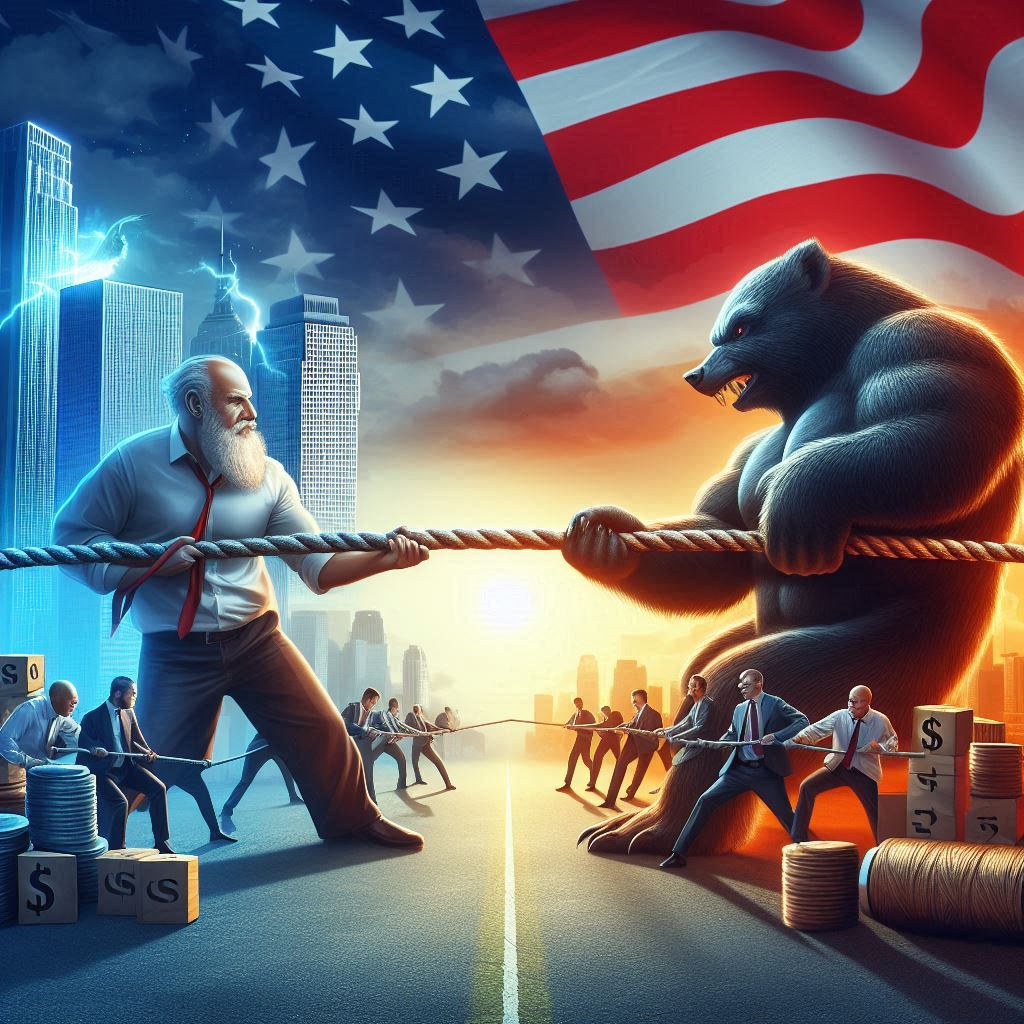











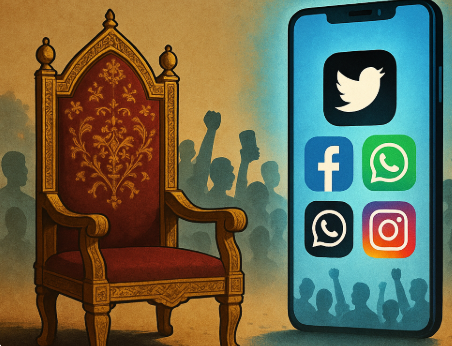
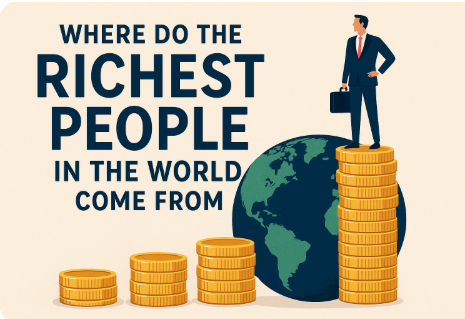
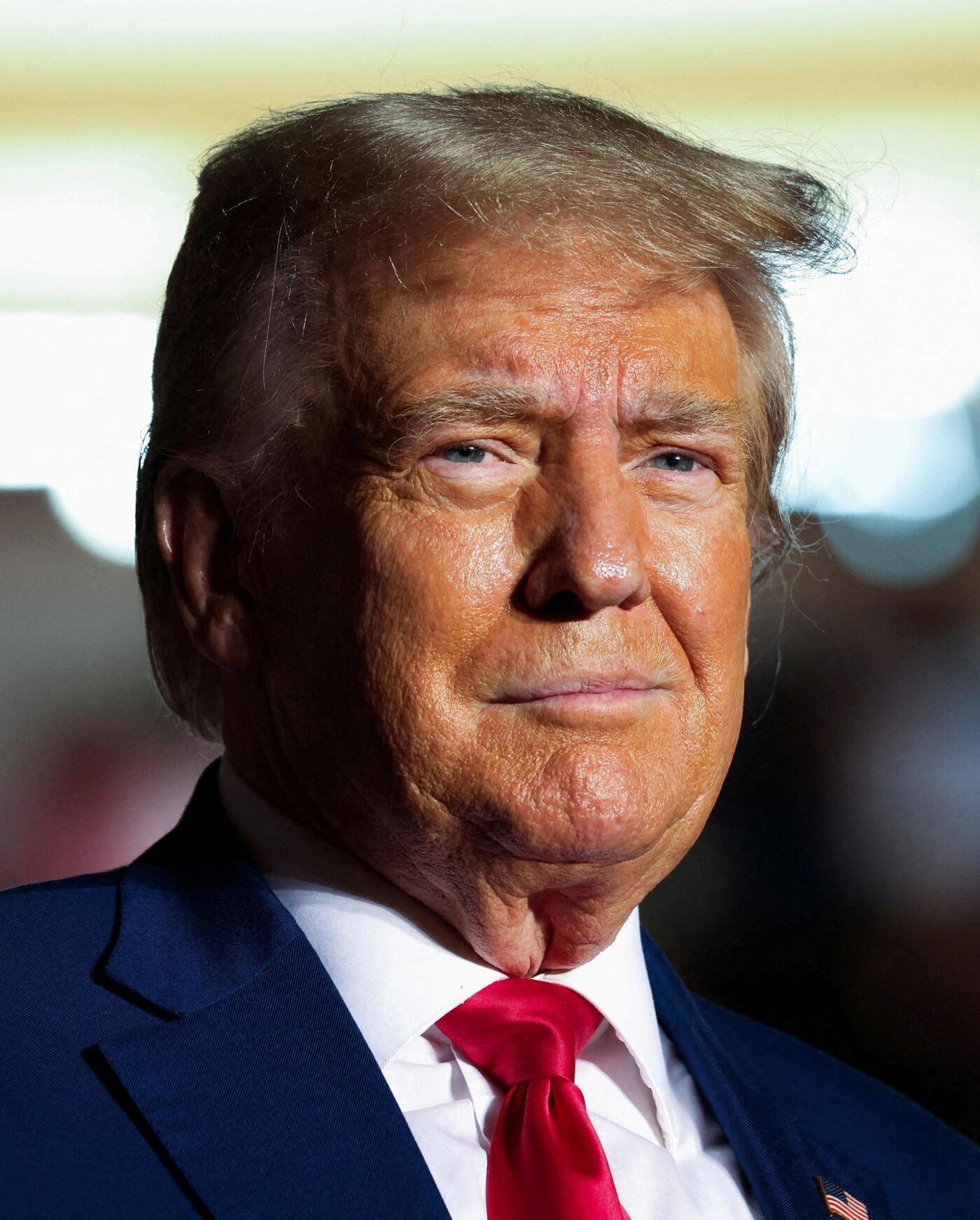
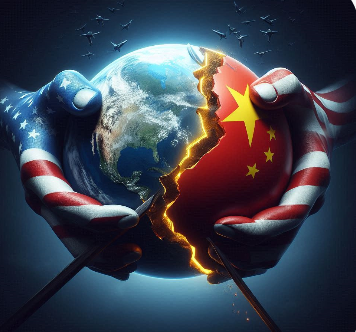





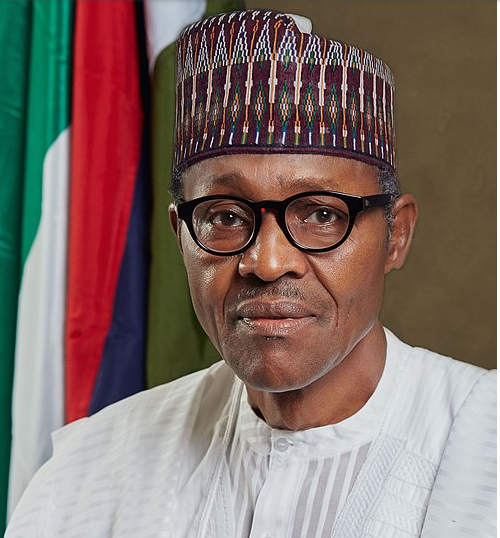
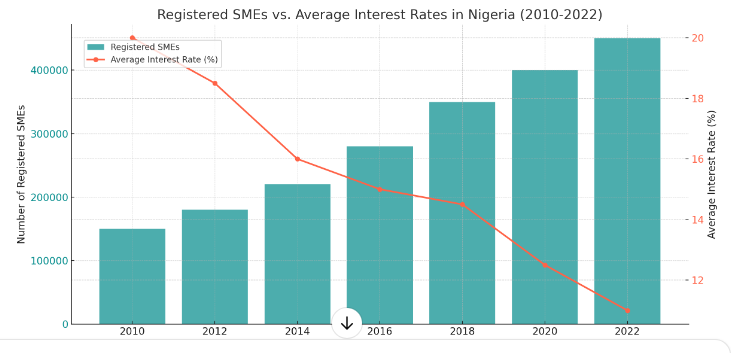







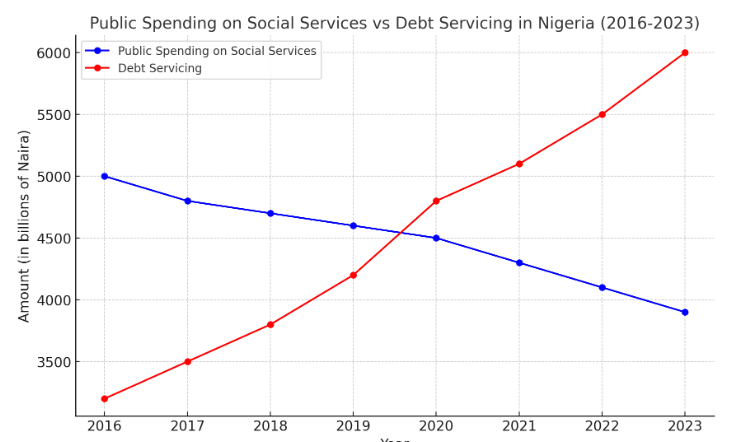




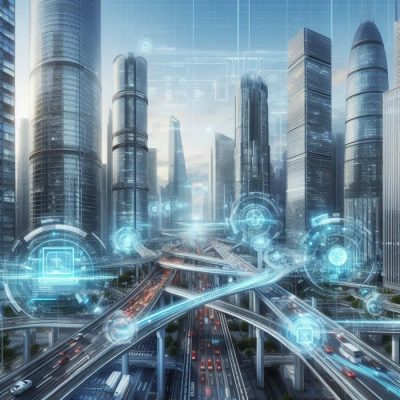

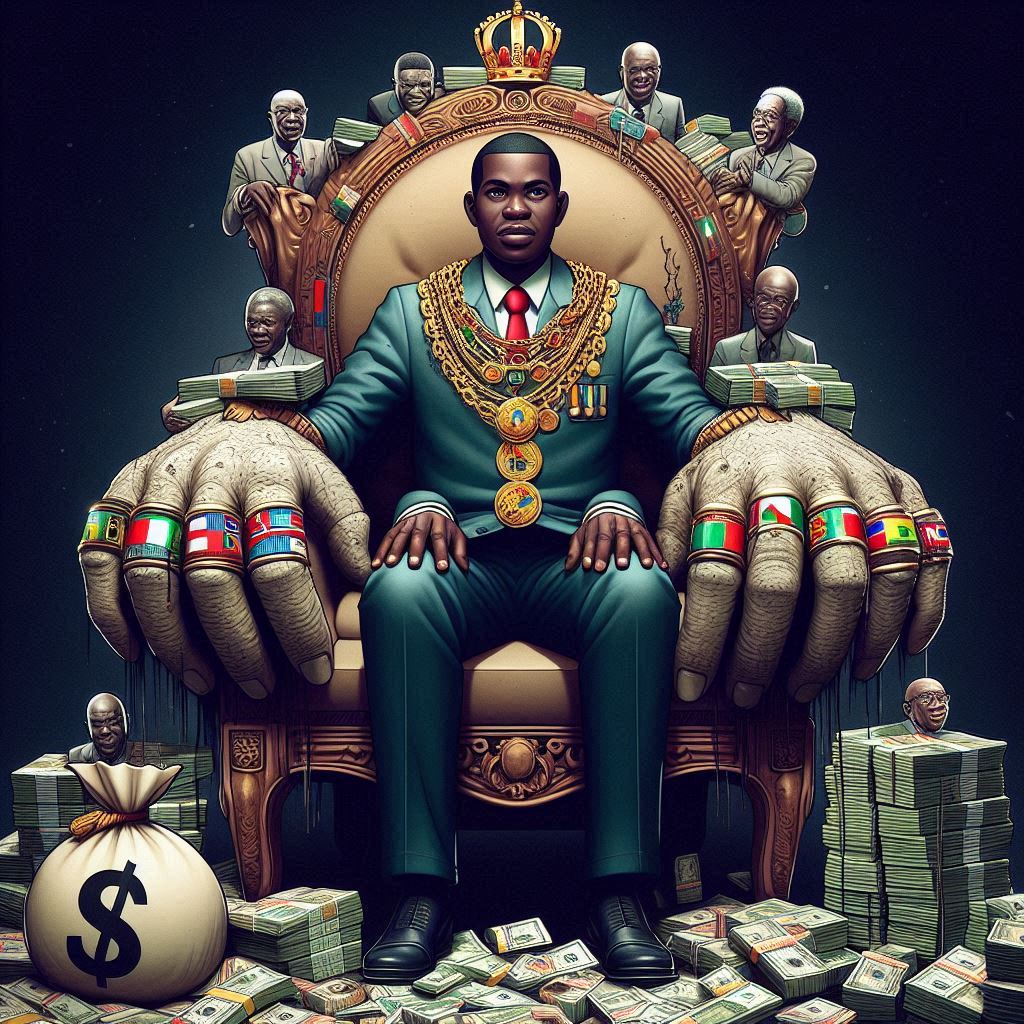

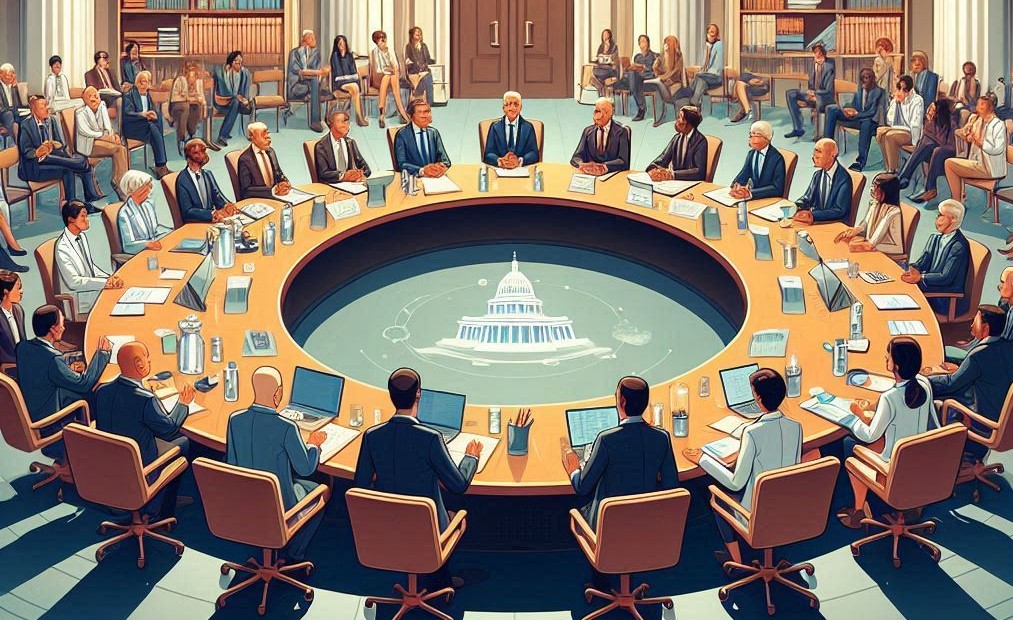
![The Trend of Insecurity in Nigeria. [Part 2]](https://ephraimhilldc.com/wp-content/uploads/2024/09/Computer-Monitoring-of-Remote-areas.png)











